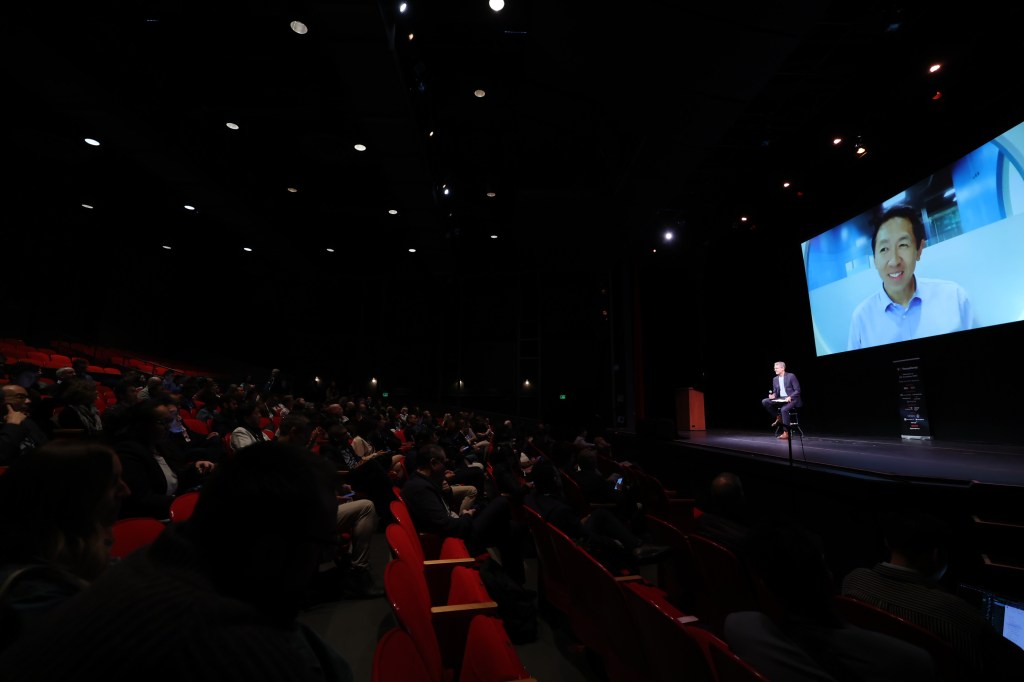
Enterprises may be concerned about the impact of AI applications when put into production, but hampering these projects with guardrails at the onset could slow innovation.
Andrew Ng, founder of DeepLearning AI and one of the most prominent figures in AI development, emphasized the importance of observability and guardrails in AI development during a fireside chat at VB Transform today. However, he added that these should not come at the cost of innovation and growth.
Ng suggested that enterprises build within sandboxes to prototype projects quickly, find the pilots that work, and start investing in observability and guardrails for these applications after they have proven to work. This may seem counterintuitive to enterprises looking to implement AI.
>>See all our Transform 2025 coverage here<<
“There is an important role for observability, safety and guardrails,” Ng said. “I frankly tend to put those in later because I find that one of the ways that large businesses grind to a halt is that for engineers to try anything, they have to get sign off by five vice presidents.”
He added that big businesses “can’t afford to have some random innovation team ship something that damages the brand or has sensitive information,” but this can also hamper innovation.
Instead, Ng said sandboxes offer a way for developer teams to “iterate really quickly with limited private information.” The sandboxes allow the organization to invest only in projects that work and then add the technology to make them responsible, including observability tools and guardrails.
It is not uncommon for enterprises to establish innovation sandboxes, particularly for AI agents. Sandboxes allow for innovation within the confines of the enterprises without touching any sensitive information they don’t want to be public. Yet, they also allow teams to be as creative as they can to test out ideas.
Observability is rapidly becoming a key topic as many AI applications and agents enter production. Salesforce recently updated its agent library, Agentforce 3, to provide enhanced visibility into agent performance and further support for interoperability standards, such as MCP.
Speed and lower pilot costs
For Ng, speed and innovation go hand in hand, and enterprises shouldn’t be afraid of it.
“Imagine that we’ve been on a roller coaster, but this is a slow-moving roller coaster. What’s happened in the last year, our roller coaster just picked up a lot of speed, and this is really exciting because it’s moving forward,” Ng said. “I feel like the world is now on a very fast-moving roller coaster, and it’s great.”
Ng said one factor that’s contributed to this speed is the tools now available for developers to work and ideate quickly, pointing out that coding agents like Windsurf and GitHub Copilot have cut down development time “of projects that used to take me three months and six engineers.”
These coding agent platforms and other tools that help developers move faster have also meant the cost of doing pilot projects.
“I don’t feel like the cost of a proof of concept going so low that I’m fine to do a lot of POCs (proofs of concept) is bad,” he said.
A barrier
One barrier, though, may be finding the talent. Ng acknowledged that there are AI companies recruiting foundation model engineers with salary ranges of up to $10 million, but the price isn’t that high for software engineers.
“One of the biggest challenges for many businesses is talent,” he said. “The good news for companies looking for engineers able to build applications, the price is nowhere near the $5 million range,” he said.
The problem, though, is that there is still not enough talent out there who are experienced in building AI projects for enterprises. So, Ng goes back to his first solution: Let them experiment in sandboxes and gain that experience.
Author: Emilia David
Source: Venturebeat
Reviewed By: Editorial Team



